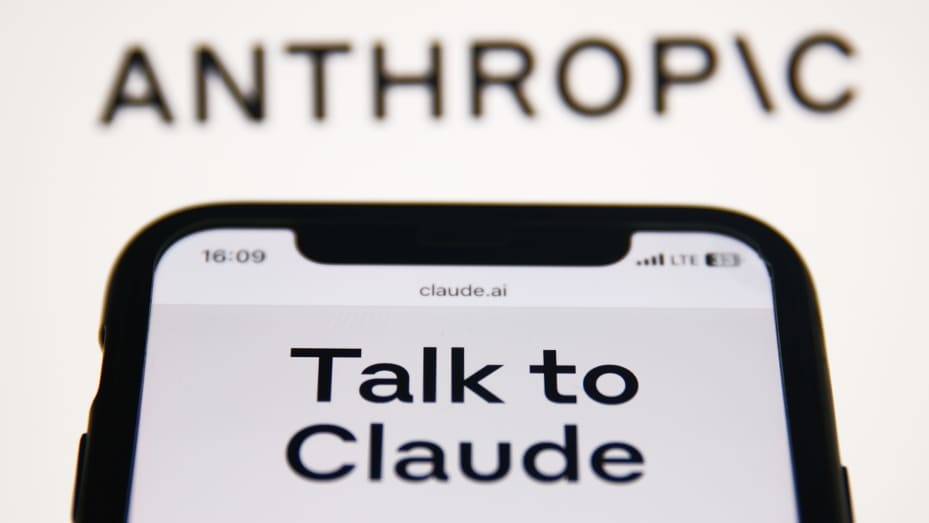Anthropic发布顶级AI模型Claude 3.5 Sonnet
当地时间6月20日,Anthropic发布了其迄今为止最强大的人工智能模型Claude 3.5 Sonnet。

当地时间6月20日,OpenAI的主要竞争对手Anthropic发布了其迄今为止最强大的人工智能模型——Claude 3.5 Sonnet。
据报道,该模型能更好地理解复杂指令,增强了视觉推理能力(如解读图表等),并拥有更强的幽默感。值得注意的是,它的应用程序处理速度是前一型号Claude 3 Opus的两倍,而成本只有后者的五分之一。
该公司在博文中表示,它在把握细微差别、幽默和复杂指令方面有明显进步,在以自然、亲切的语气撰写高质量内容方面表现出色。
总体而言,Claude 3.5 Sonnet在阅读理解、编程、数学和视觉任务等多项性能测试中的表现明显优于其前身Claude 3 Opus。在许多指标上,它甚至略胜于GPT-4o和谷歌的Gemini 1.5 Pro。
与OpenAI的ChatGPT和谷歌的Gemini一样,Claude在过去一年中也获得了极大的欢迎。Anthropic由OpenAI的前研究高管创立,并获得了谷歌、Salesforce和亚马逊的支持。在过去一年中,Anthropic获得了五轮融资,总额约为73亿美元。
在此之前,Anthropic于今年3月首次推出了Claude 3系列机型,OpenAI则于5月推出了GPT-4o。该公司表示,Claude 3.5 Sonnet比之前的主力机型Claude 3 Opus速度更快,是新推出的Claude 3.5系列的首款机型。
价格详情
至于费用,Anthropic在其官方网站上宣布,Claude 3.5 Sonnet 目前在公司网站Claude.ai和Claude iPhone应用程序上免费提供。Claude Pro 和 Team的用户也可以访问具有更高速率限制的最新版本。此外,它还可通过Anthropic API、亚马逊Bedrock和谷歌云的Vertex AI使用。
此外,新模型的定价与其前身3 Sonnet模型相同,每百万输入词块3美元,每百万输出词块15美元,上下文窗口为20万个词块,相当于约15万个单词。
在自然语言处理(NLP)中,标记是文本中语义的最小单位。例如,一个句子可以分为几个单词,每个单词都是一个标记。例如,"我爱你"这个句子可以分为三个标记:我、爱和你。标记有助于将文本分解成更小、更易于管理的片段,以便进行处理和分析。
新功能
在推出新模式的同时,Anthropic还推出了Claude.ai上的艺术品(Artifacts on Claude.ai),这项新功能拓展了用户与Claude交互的方式。
该公司解释说,当用户要求克劳德生成代码片段、文本文档或网站设计时,这些人工制品将出现在他们对话旁边的专用窗口中。这就创建了一个动态工作区,用户可以实时查看、编辑和构建克劳德的作品,将人工智能生成的内容无缝集成到他们的项目和工作流程中。
Anthropic还指出,它希望Artifacts能够帮助代码开发、法律合同起草和分析以及商业报告撰写。
随着Anthropic和OpenAI等初创公司在生成式人工智能领域的崛起,它们已与谷歌、亚马逊、微软和Meta等科技巨头分庭抗礼,成为人工智能军备竞赛的一部分。专家预测,未来十年这一市场的规模将超过1万亿美元。
免责声明:本文观点来自原作者,不代表Hawk Insight的观点和立场。文章内容仅供参考、交流、学习,不构成投资建议。如涉及版权问题,请联系我们删除。